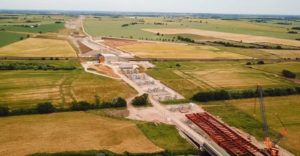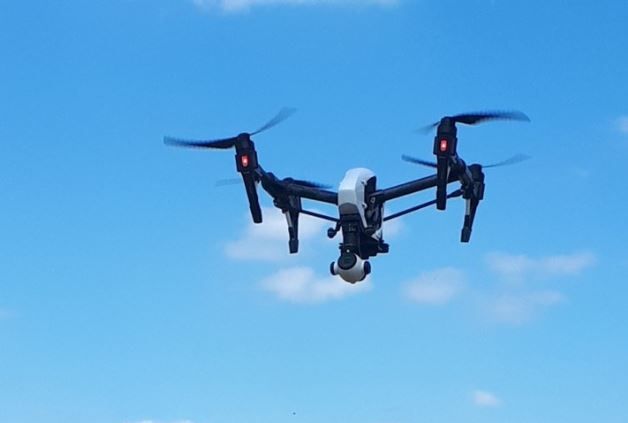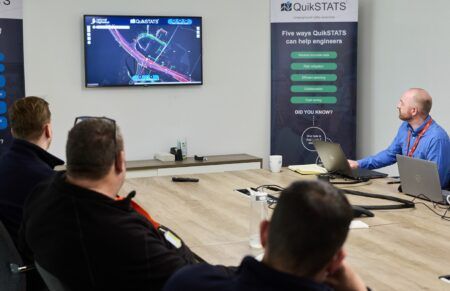To help improve journeys for drivers travelling through motorway roadwork schemes, Highways England (HE) is using drone technology to gather detailed information and monitor progress on major construction projects across the country.
The use of camera-equipped drones means that HE can view progress in 3D quality across a much larger area. This new approach reduces the amount of lane closures that teams carrying out upgrade work usually require, in turn reducing disruption to motorists. Once the drone footage is downloaded, agency specialists can use the imagery to see detailed progress on gantries, foundations and other infrastructure. This information can then be used to inform decisions around planned road closures and to help plan future work and the equipment required. The technology is currently in use on the multi-million-pound upgrade of the M6 motorway between junctions 2 and 4 near Coventry and has also been used on the A14 Cambridge to Huntingdon trunk road upgrade taking place in the east of England. All HE’s drone pilots are CAA-approved and operate within legal guidelines.
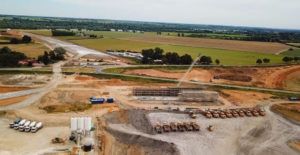 The drones have been used on the M6 upgrade, where a new concrete central reservation barrier is currently being installed that prevents traffic from crossing to the opposite side of the carriageway. Once complete, the new-look stretch of the M6 will feature:
The drones have been used on the M6 upgrade, where a new concrete central reservation barrier is currently being installed that prevents traffic from crossing to the opposite side of the carriageway. Once complete, the new-look stretch of the M6 will feature:
- Three controlled motorway lanes, retaining the hard shoulder from junctions 3a to 4 where the motorway will tie into the existing controlled motorway;
- A four-lane smart motorway between junctions 2 to 3a with a hard shoulder next to the current ‘climbing lane’ travelling eastbound;
- Installation of new electronic information signs and signals, radar detection and CCTV cameras, which will be used to vary speed limits that allow management of traffic flow and incidents;
- Nine emergency areas to use in place of the hard shoulder;
- Two new noise barriers and low-noise road surfacing.
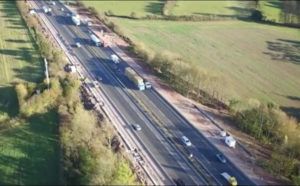 Elsewhere, HE has used the drones on the recently completed £265m (US$337.6m) project to add extra lanes and new technology to a 19 miles (30km) long stretch of the motorway between Crewe and Knutsford. A fourth lane has been introduced in each direction and a total of 258 electronic variable message signs (VMS), 104 traffic sensors, and 70 CCTV cameras will help tackle congestion and improve journey times for around 120,000 drivers every day.
Elsewhere, HE has used the drones on the recently completed £265m (US$337.6m) project to add extra lanes and new technology to a 19 miles (30km) long stretch of the motorway between Crewe and Knutsford. A fourth lane has been introduced in each direction and a total of 258 electronic variable message signs (VMS), 104 traffic sensors, and 70 CCTV cameras will help tackle congestion and improve journey times for around 120,000 drivers every day.
“Safety is our top priority and we constantly pioneer ways of using new technology to keep people safe while we do this work. The drone is a fantastic piece of kit that provides us with detailed insight into scheme progress across a large area of the works in a much quicker and more efficient way,” explained HE’s smart motorway sponsor, Peter Smith. “It surveys up to 10km (6.2 miles) in a single day and then creates an accurate 3D model of the works in just one hour. Ordinarily, inspections by road workers require lane closures for safety reasons and can take up to several days. By using the drone, we are able to reduce lane closures because we can scan a much larger area in a shorter period of time.”